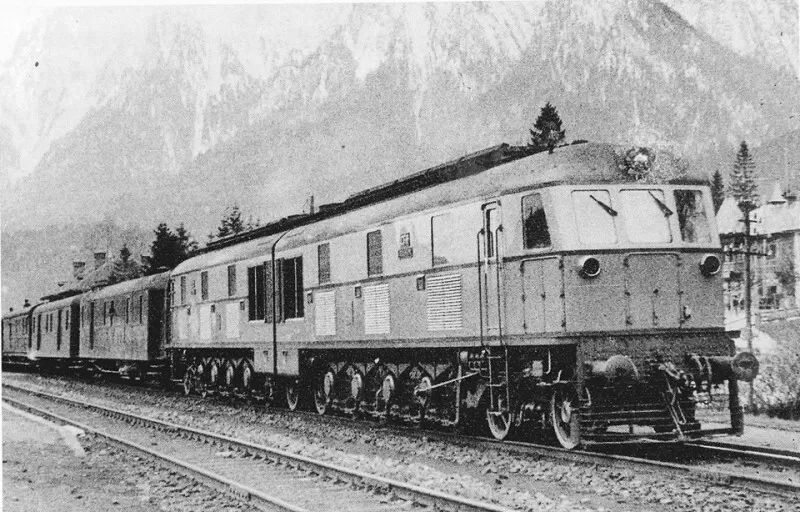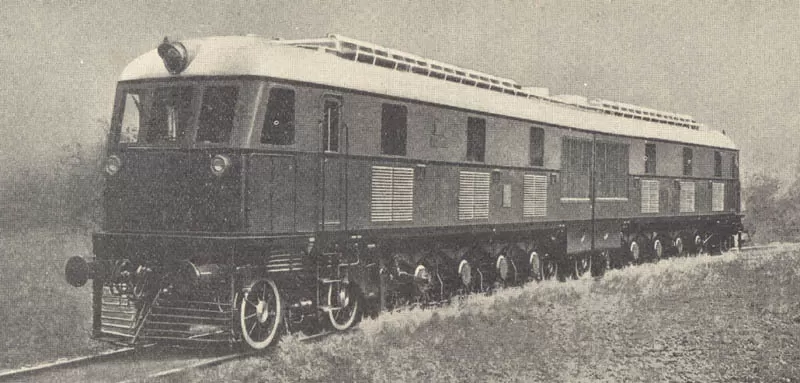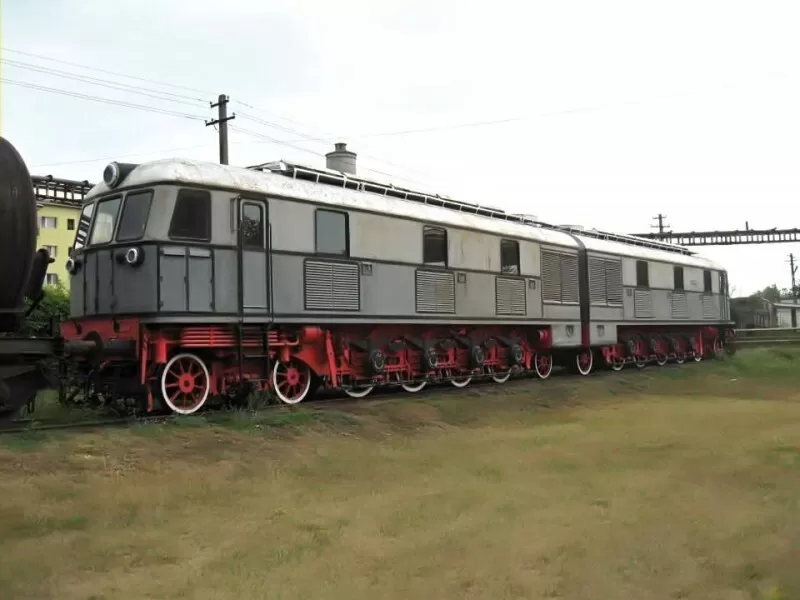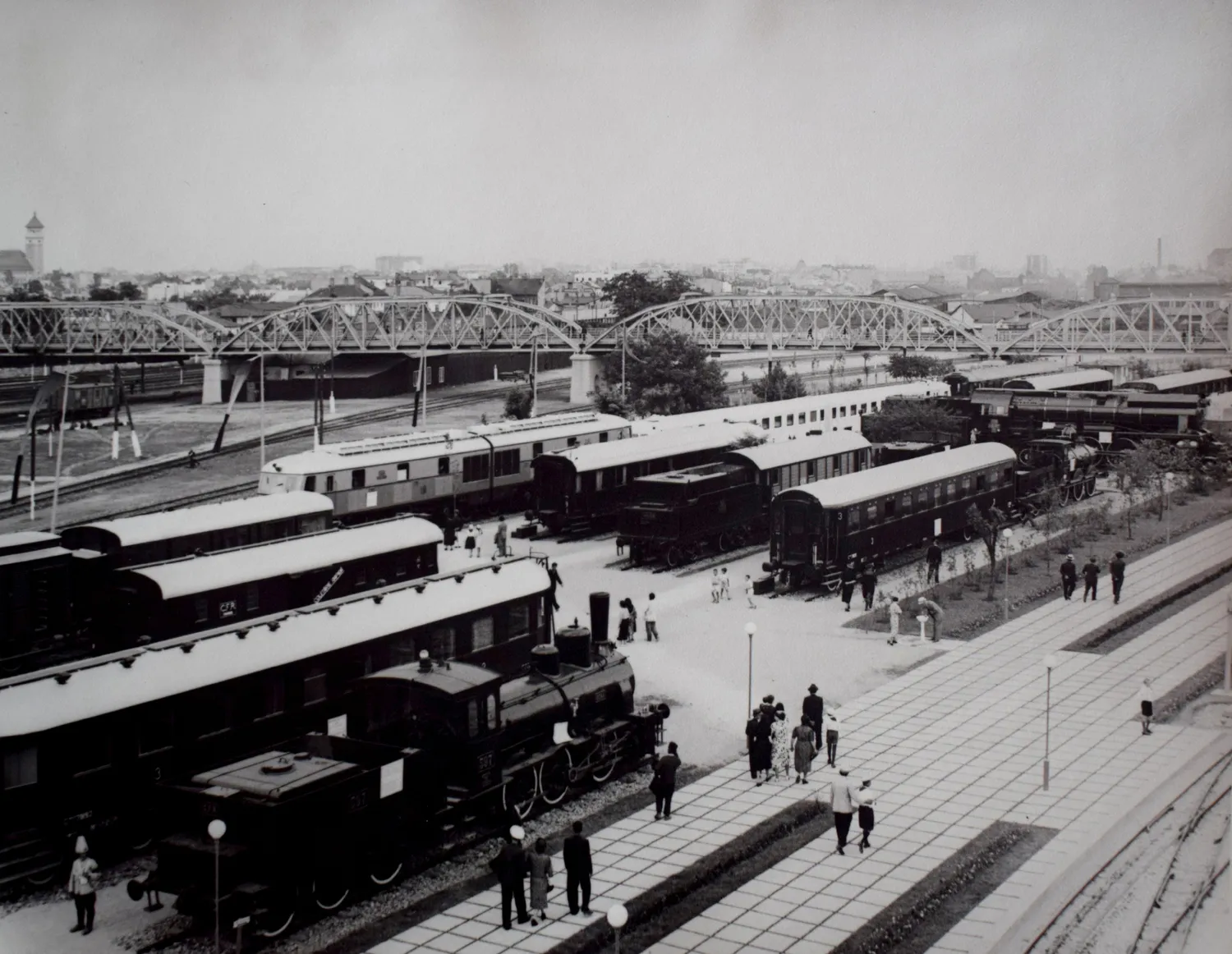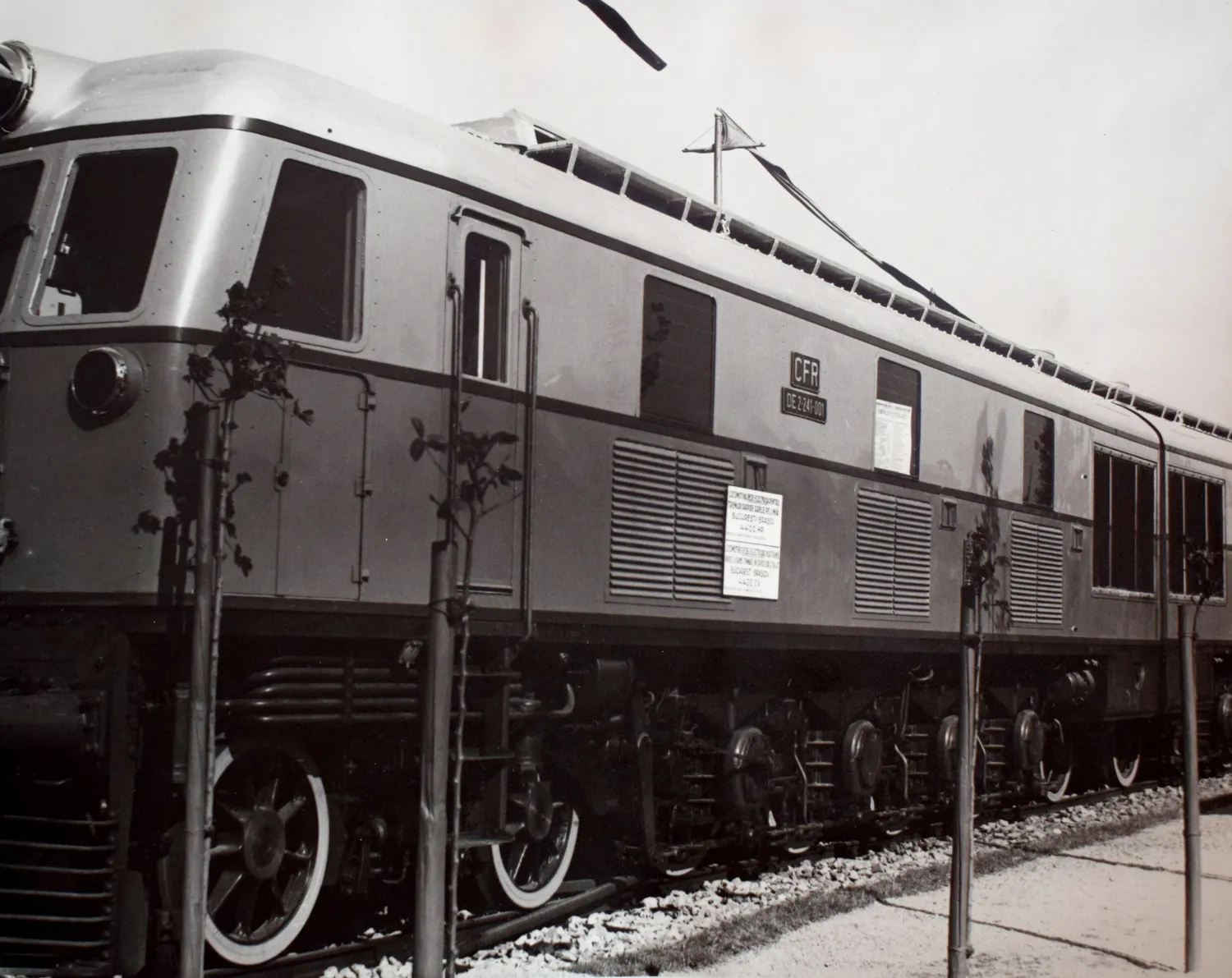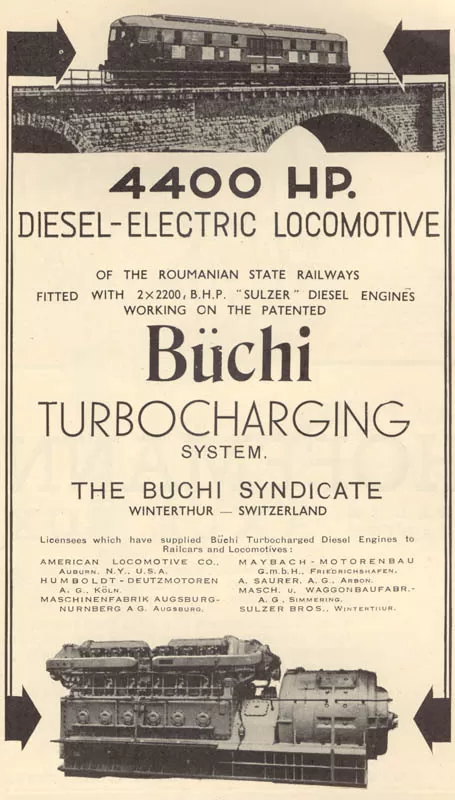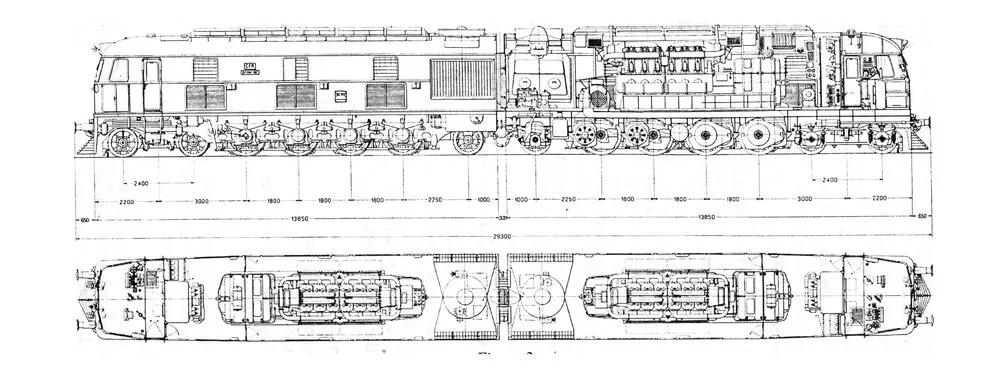One of the most challenging routes for CFR was definitely the
Bucharest to Brasov route and in particular the Campina - Predeal -
Brasov section. Crossing the Carpathian mountains, the 75 km
section has high gradients (required to reach the Predeal train
station at just over 1000m - the highest railway station in
Romania), many tight curves and is heavily used by domestic and
long distance international traffic. In the days of steam
operations usually 2 locomotives were required at the front of the
train and 1 or 2 pushers at the rear, a costly operation in terms
of manpower and equipment. Plans to double track the route,
electrify the route or modernise alternate routes were all
discarded due to the high costs involved, leaving the possibility
of dieselisation as the only viable alternative to increase
efficiency.
Specifications called for unassisted operation of 600 ton trains
over the mountainous route, with the ability to restart a train on
the steepest grade. This suggested an engine output of at least
4,000hp which, coupled to a 20 ton axle loading requirement and a
maximum of eight driving axles, meant building a locomotive of two
parts.
The order is placed with SULZER A.G. (Winterthur) as the main
contractor. The mechanical parts were provided by Henschel & Sohn
AG (Kassel) and the Brown Boveri & Co. workshops at Munchenstein
(Basel) managed the electrical parts and engine assembly.
Sources: https://www.derbysulzers.com/cfrprototype.html
The finished locomotive had a 2-Do-1 + 1-Do-2 wheel arrangement and
was powered by two 2,200hp Sulzer engines similar to those fitted
in the French PLM double locomotives. It had a maximum speed of 100
km/h, a maximum traction force of 36 tf (353 kN) and weighed 230
tons loaded (218 tons empty) and an axle loading of 19 tons.
The locomotive had the following characteristics:
- power: 2 x 2200 hp = 4400 hp (2 x 1618 kW = 3236 kW);
- powered wheel diameter: 1350 mm;
- free wheel diameter: 1000 mm;
- the length of the locomotive between pads: 29300 mm;
- the weight of the locomotive in service: 230 t;
- own weight (empty): 218 t;
- adherent weight: 148 t;
- maximum axle load: 19 t / axle;
- maximum traction force: 36 t (353 kN);
- maximum speed: 100 km / h.
As constructed the two halves were identical but could not operate
as individual units due to the absence of buffers and standard
coupling gear on the inner ends. With the intent to purchase more
of this type it was considered important that interchangeability of
the separate halves be maintained as far as possible (unfortunately
the arrival of World War II canceled plans for further orders).
The locomotive was not equipped with any train heating equipment,
in cold whether the CFR would allocate a steam heating wagon for
passenger trains pulled by this locomotive.
Sources: https://www.derbysulzers.com/cfrprototype.html
Trial runs take place in Switzerland between Winterthur & St
Gallen. The route from Winterthur to St Galle it about 57.5 km
long, mostly up hill with grades of 1 in 100 & 1 in 125, the
steepest grade being 1 in 83 for 3km between Gruze & Raterschen.
With a trailing load of 300 tons the 57.5 km were completed in 45
minutes, with top speeds of 100 km/h.
Sources: https://www.derbysulzers.com/cfrprototype.html
By the end of August, the locomotive had run over 15.000 km. Daily
round trips were made between Bucharest and Brassov with a fast
train weighing 500 to 600 tons. These trains made frequent stops
providing a greater test of the locomotives abilities. The combined
fuel capacity of 8,000 litres allowed for two round trips before
refuelling and since the locomotive required no assistance on the
mountain grades, a considerable number of steam locomotives and
their crews could be eventually re-allocated elsewhere. In the
early days the locomotive was stopped for one day a week for
inspection and the ability to make minor repairs if necessary.
Sources: https://www.derbysulzers.com/cfrprototype.html
During World War II the double locomotive was stationed at Grivita
workshops. When the railway station and workshops were bombed
during 1944, the local power supply was disrupted and one of the
double locomotives was used as an emergency power supply.
Sources: https://www.derbysulzers.com/cfrprototype.html


